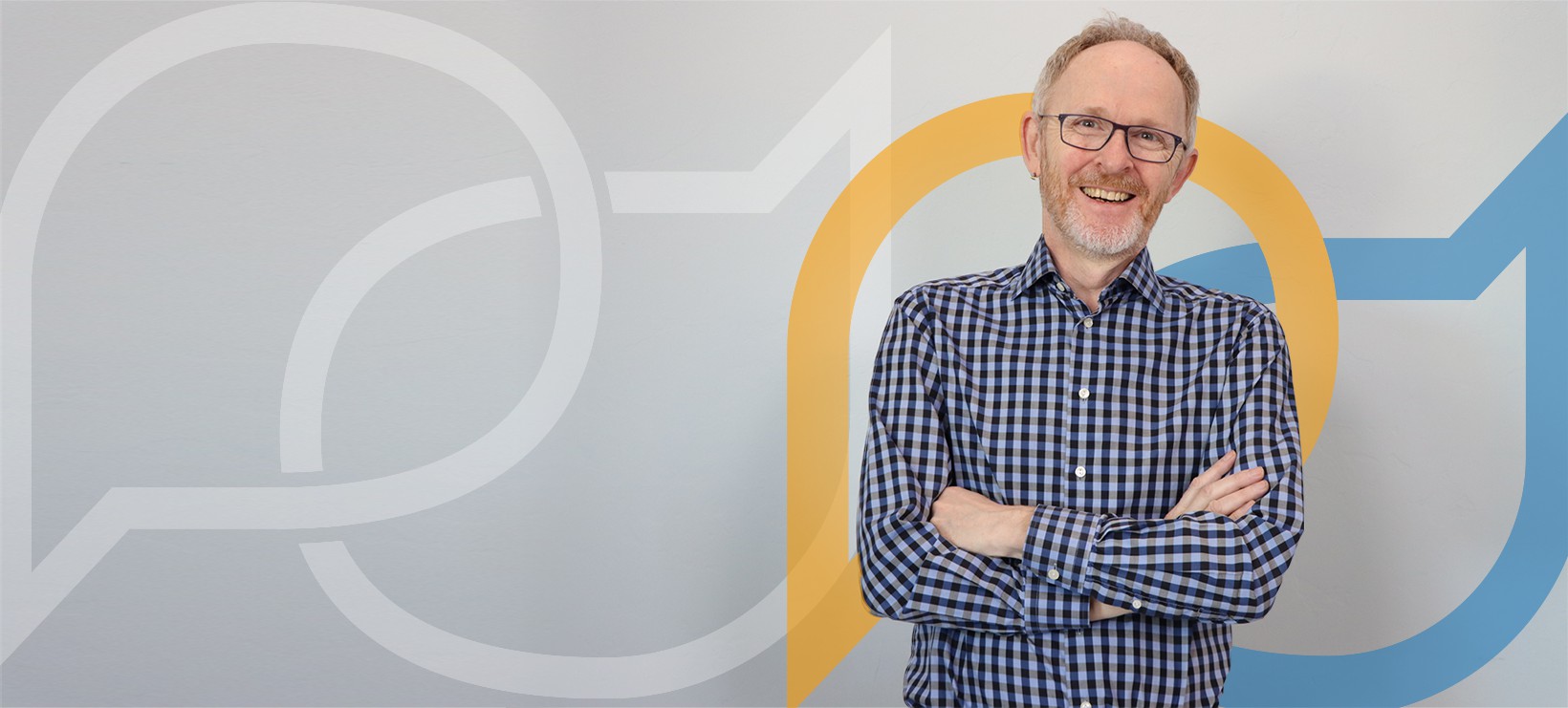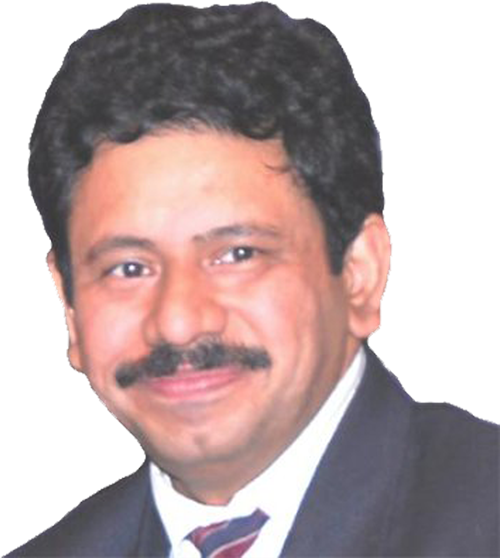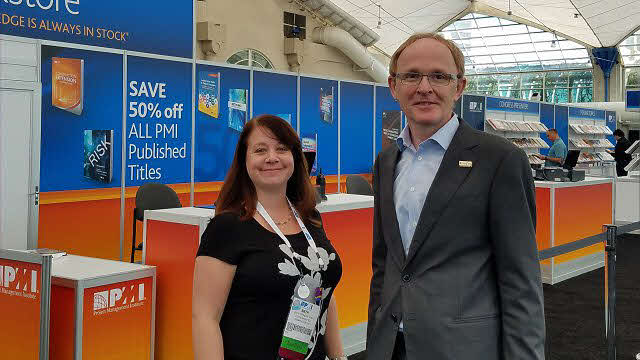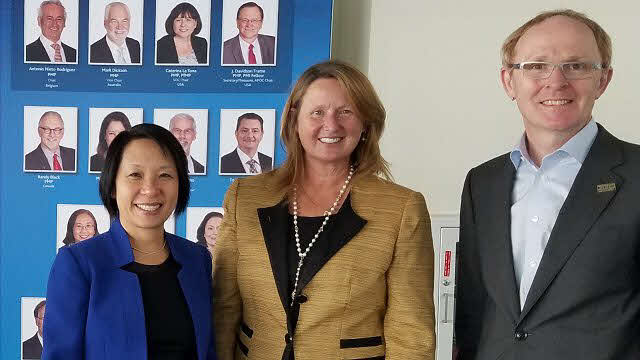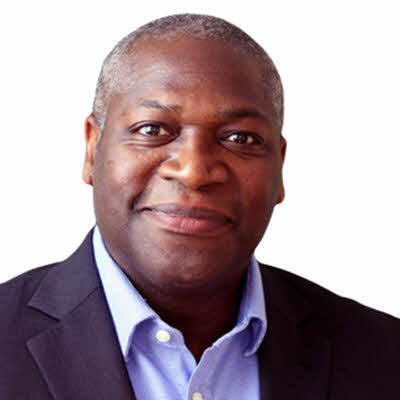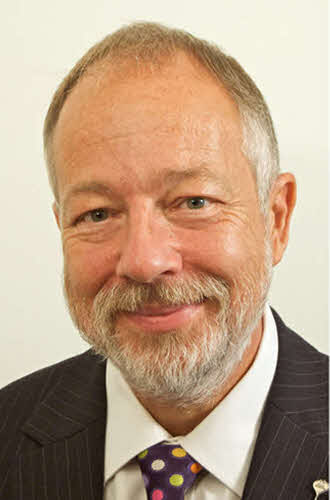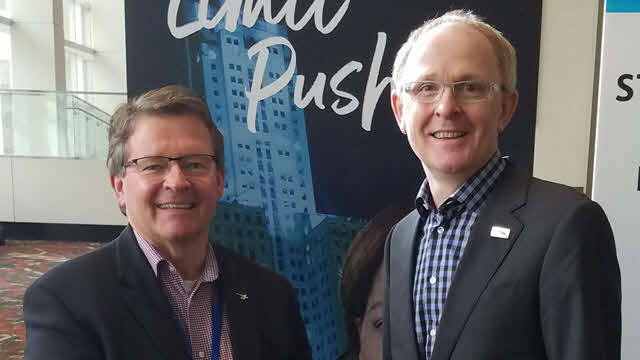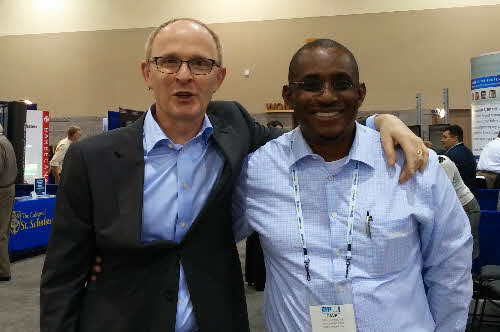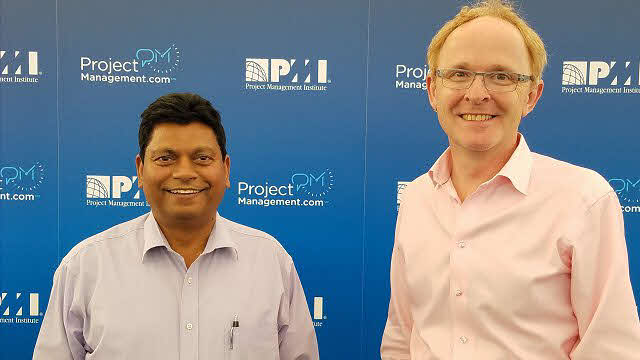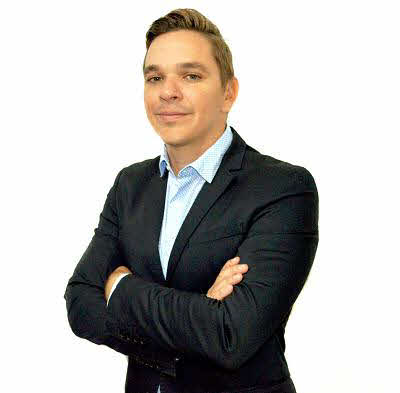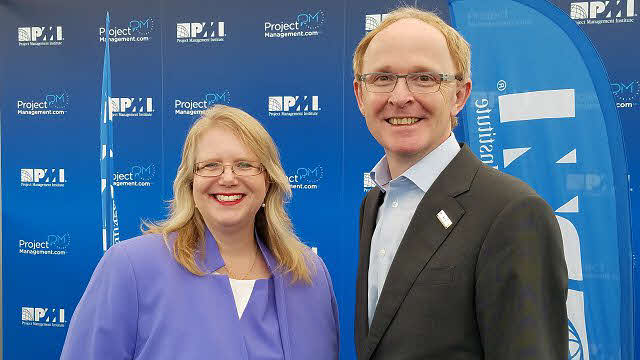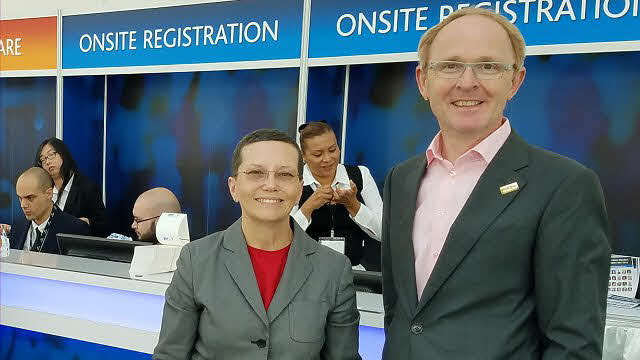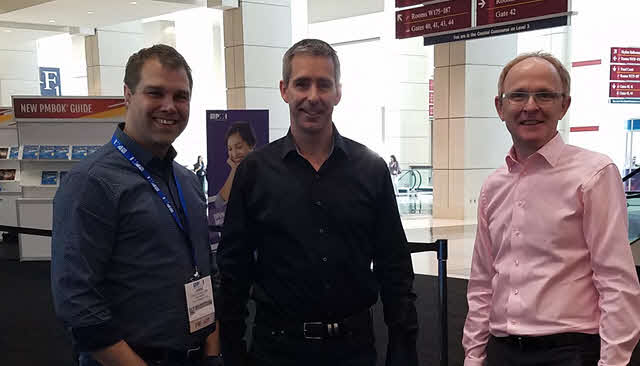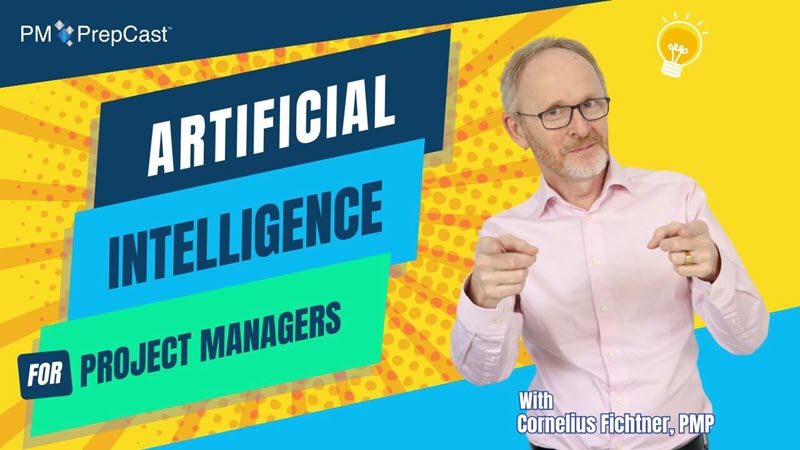Leadership
Leadership
Introduction to Project Leadership
By definition, a project environment is full of change. It’s what we do. But change can feel unsettling for the people going through it, including the project team. Strong leadership skills help guide, motivate and provide direction for project stakeholders.
‘Leadership’ is multi-faceted and includes knowledge of leadership theory, skills such as influencing, negotiating and coaching and behaviors like acting ethically. There’s a lot that goes into effective project leadership.
Ready to dive in? We’ve got a wide selection of relevant podcasts on essential leadership skills for project managers to help you develop and grow your career.
Article Contents
- Leadership Featured Podcast: Leading Projects Without Authority
- Leadership in Project Management
- What is Project Leadership?
- The Difference Between a Project Manager and a Project Leader
- What is a Project Lead?
- 5 Essential Project Leadership Skills
- Leadership Approaches and Theories
- The Impact of Good Leadership on a Project
- Why is Good Leadership Essential?
- How To Be a Good Project Leader
- Summary
- PM Podcast Episodes on Project Leadership
- Summary
Leadership Featured Podcast: Leading Projects Without Authority
Listen now to this featured Podcast on project leadership.

Leadership in Project Management
Leadership in project management is an essential skill for steering the project to a successful completion. Like leadership in other areas of business, leadership in a project context requires you to demonstrate a range of competencies and behaviors. From directing the team to project governance, leadership is fundamental to ensuring your projects deliver a great result.
Project management and leadership go hand-in-hand. As the project lead, you both manage the project and lead the team. A crucial part of leadership is setting the vision and inspiring the team to work together to achieve it - you can see how important that is in a project context.
Delivering any project is a team effort, and while there are teams that operate without a clear leader, in business it’s most common for someone to be in the leadership role, guiding and directing the team towards their goals. If that someone is you, read on! We’ll be discussing what makes a great leader and how you can develop project management leadership skills.
What is Project Leadership?
Project leadership is the art and science of steering a team towards the successful delivery of a project. It ensures that together, the team accomplishes more than they could as individuals because project leadership brings people together to achieve a common goal. And hopefully, have fun working together at the same time!
Here's the PMI definition of project leadership:
The knowledge, skills, and behaviors needed to guide, motivate, and direct a team, to help an organization achieve its business goals.
Do you need a formal leadership position to be a leader on a project? You might ask that question if you are thinking about the leadership responsibilities of a project director vs project manager.
The truth is that you can lead at all levels. The project director will lead the effort at an executive level, driving senior support and engaging with peers across the organization. They will also set the project's vision. The project manager leads the team on a day-to-day basis, to deliver the vision. Other people on the team can demonstrate project leadership skills, even if they aren't in a formal leadership position as well.
The Difference Between a Project Manager and a Project Leader
A lot has been written about the difference between leadership and management, and the main thing to be aware of is that management is about tasks while leadership is about people. Your project management skills will help you manage the work and your leadership skills will help you lead the team.
As a project manager, you are leading and managing – often at the same time. You are responsible for managing and controlling the work and the project process, but also for motivating and directing the team.
While you need to be both a project manager and a project leader, it helps to understand the differences between those two roles. You can see the main differences between project leader vs project manager highlighted below.
Project manager
-
Directs the work
-
Schedules activities
-
Reports on what has happened
-
Takes tactical action to keep the project on track
-
Develops others
Project leader
-
Leads the people
-
Guides people towards the vision
-
Plans for future changes
-
Anticipates problems and opportunities
-
Inspires others
What is a Project Lead?
A project lead is someone who is responsible for part of the project.
The project lead responsibilities include:
-
Leading a workstream or the involvement of a functional area
-
Managing the resources in that workstream or area
-
Managing project risk related to that workstream or area
-
Developing a schedule for the part of the project they are responsible for.
For example, you may have a project lead for testing who oversees all the system and user testing required for the project.
The main difference between project lead vs project manager is that the lead is responsible for a single strand of the project. The project manager has responsibility for the whole project.
However, there is no standard set of project management job titles and your organization may use the term project lead to mean something else, perhaps the most senior executive responsible for multiple projects.
5 Essential Project Leadership Skills
-
Communication
-
Team leadership
-
Conflict resolution
-
Motivation
-
Crafting solutions
Communication
Communication skills is one of the core project management competencies. Being able to communicate is very important for leaders because so much of what project leaders have to do involves working with others. You can’t collaborate effectively if you can’t communicate.
Leaders can speak to individuals and groups, in person and over the phone or web conferencing, and convey ideas. They can also put those ideas into writing to ensure the message is shared and understood.
Communication isn't simply about sharing your messages and talking to others. As Jarrett Jackson writes in Forbes, knowing how to listen is just as important.
Communication really is one of the top qualities of a project manager, especially in a leadership role.
Team leadership
The leader sets the vision. They inspire the people around them. Someone with excellent project leadership skills builds agreement and cohesion through the team, as well as being able to do day-to-day team management.
Team leadership on projects involves creating an environment for everyone to excel. The project culture that surrounds them is one that people are drawn to. Stakeholders want to be involved on the project because they know you will ensure the work gets done and at the same time create an environment that’s pleasant to work in.
Conflict resolution
Conflict is inevitable in situations where you are introducing something new or changing something. Effective leaders know how to harness conflict for good, as the best solutions arise when ideas are challenged.
Conflict can be positive for teams because it allows all voices to be heard and differing views to be put forward – often that results in a better solution and more effective project outcomes. However, leaders need to be armed with conflict resolution strategies to ensure they can identify and tackle conflict proactively before it escalates into an issue for the team. Check out the Thomas-Kilmann Conflict Mode Instrument for practical resources on approach conflict. Another of the essential project manager core competencies is to have a range of strategies for addressing conflict.
Motivation
Leaders motivate others to take actions, even when they aren’t officially in charge. As a project leader, you work out what makes the other people on the team feel like they are making their best contribution and you’ll do your best to give that to them.
Everyone is motivated by different things, and an individual’s motivation can change over time. Great leaders recognize those differences and empower people to do their best by creating a positive working culture.
Crafting solutions
Part of creating a positive working culture is empowering the team and the wider stakeholder community to get involved in crafting solutions. That means removing roadblocks so each team member can complete their tasks and input creative ideas without having to worry that something is in the way.
Empowering leaders also push decisions down the hierarchy to the lowest possible level, letting experts make the choices about the solutions needed to keep the project moving forward.
Other Project Management Competencies
Leadership is one of the sides of the PMI Talent Triangle®, along with technical project management and strategic and business management skills. Recently, the profession has started to add digital skills into the mix for project leaders because they are so important to being able to deliver projects in our increasingly complex and digital environments.
Does that sound like a lot of project manager core competencies? You'd be right. The list of project manager skills and competencies you need to excel in the role is vast, and ranges from technical competencies like project risk management and scheduling through to the leadership skills we discussed above.
Being a good project leader often means blending a range of different skills, techniques, behaviors and competencies in the right proportions, at the right time. It's truly part art, part science!
Leadership Approaches and Theories
There is no single way of approaching leadership, or a single kind of person who makes a great leader. Project leadership theory tells us that it’s a combination of characteristics and the ability to adapt to different situations, that makes a great leader.
Leadership is something that you can learn to do, and you can improve your skills by building your understanding of leadership theories in management. The three core leadership theory families that translate to the world of project delivery are:
-
Trait theories
-
Behavioral theories
-
Situational theories
Trait theories
Trait theories relate to project manager strengths. This way of looking at leadership defines the qualities and characteristics that are helpful when leading a team. For example, resilience, integrity, trustworthiness, assertiveness and so on.
There was a school of thought that said these qualities were innate and that you were either born with them or you weren’t. That idea is no longer part of leadership concepts and theories, fortunately. We know that an individual can take steps to become more assertive or resilient, or to develop any other type of characteristic useful in a leadership setting.
Behavioral theories
Behavioral leadership theories focus on what a leader does. Some leaders are autocratic, making decisions without input from their team. Others are collaborative, encouraging input and empowering their teams.
There is nothing wrong with either approach, or any approach in between. There is a time and a place for all styles: you wouldn’t expect a battlefield leader to call a huddle so the team could chat about options, would you? In that situation, a decision needs to be made quickly. However, that autocratic approach wouldn’t work when meeting with a residents’ group about building a new airport close to their homes. A collaborative, listening leadership style would engage the community more effectively.
Situational theories
Situational leadership is a way of determining what leadership style to use in any given situation. These approaches to leadership are also called contingency theories.
They consider whether taking a task-based or people-based approach is most effective. They also consider the people you are leading. What kind of support and encouragement do they need? A leader adapts his or her leadership style not only to the business context and project situation but also to the needs of the team. Someone who has never done a particular task before will need more hands-on support from their team leader than someone who is confident performing that task.
The Impact of Good Leadership on a Project
Leadership was cited in a study on what causes project failure as one of the top reasons why projects don't meet their goals. Projects with strong leadership and executive support are more successful than those without. Here are three top benefits of good project leadership.
1
Work moves forward quickly
2
The project has a clear direction
3
Conflict is resolved quickly
Why is Good Leadership Essential?
Think about the leaders in your workplace, or previous workplaces. Whose leadership inspires you? Each leader applies their skills and knowledge in a slightly different way to get the best out of the environment and the people they work with.
Leadership in project management helps shape the way the work evolves, ensuring that the team moves towards the objective at a steady pace. They make work fun and they motivate everyone to want to do their best.
Without good leadership, the project team will struggle to find the best route forward, and they might not even know where they are going. Leadership is essential to make sure the team is focused on the right things at the right time, and that the goals for the business and the project are met in an effective way.
How To Be a Good Project Leader
Leadership is both an art and a science. If there was a foolproof 'how to' guide to leadership, we probably wouldn't see such high project failure rates across all kinds of businesses! However, there are five steps you can take to improve your leadership skills:
-
Step 1: Focus on the team
-
Step 2: Flex your style
-
Step 3: Learn how to facilitate
-
Step 4: Connect and build relationships
-
Step 5: Get out of the way
Do you want more information on how to make those things work for you? Thought so! Here's our 5-step guide to how to be a good project leader.
1. Focus on the team
Being a good leader means not making it about you. You only have a leadership role because people are prepared to follow you.
When you work with subject matter experts, any issues on the team are rarely because they don't know enough. Problems tend to be because of miscommunication, lack of direction or conflict. As a leader, you have the power to correct all of those. Focus on the team and how you can develop their skills and create an environment for them to do their best work.2. Flex your style
There are lots of different ways to lead, and we saw some common approaches and leadership theories above. What's important is that you know which styles work for your team and when to use them.
On a project you'll need to use a range of styles to suit the situation and who you are talking to. For example, you'd want to be more directive with a new member of the team who hasn't previously done the type of task you are now asking her to do. If you were delegating work to an experienced colleague, you would use a different style again.
There are plenty of leadership approaches to choose from so do your research and find out what works best for you and your project team. And remember, just because it worked on your last project doesn't mean it's the right approach for this project!
3. Learn how to facilitate
So much of being a good leader is about being able to communicate, and not in a directive, "I'll just send an email" way. Learn how to facilitate conversations between team members and you'll see collaboration and communication rates dramatically improve across the team.
4. Connect and build relationships
Project teams are made up of individuals. They are professionals working often in their own field and loaned the project for a specific reason. Great leaders know how to connect with individuals at all different management levels across the organization.
The connections you make on this project will also help you in the future. Approach each project as an opportunity to build relationships and strengthen your internal network. You never know when you might need to work with members of this team again.
5. Get out of the way
Nobody likes to be micromanaged, so great leaders know how to get out of the way.
Your role as a leader is not to be into the details but to remove roadblocks and protect the team from distracting office politics. Get out of their way so you can focus on the leadership and project management tasks that you know will add value to the project, like building relationships with other stakeholders.
Summary
As we've seen, one of the keys to project management is being a good project leader. You can do that at any level in the organization, whether you have a formal leadership role or not. In the role of project manager, you can lead your team towards delivering change to meet the organization’s objectives.
A good project leader is someone who demonstrates the skills we covered above, and you can do that in many different ways. There are a number of different leadership styles, all of which are valid. Good leaders choose the most appropriate skills and style to suit the needs of the team, the organization and the project in the moment. They lead by example. They show respect for their colleagues while creating a vision of the future we all want to be part of.
The best advice for becoming a project leader is to look at people you admire in leadership roles and work out what they are doing that inspires you so much. It’s not a good idea to try to directly copy what other leaders do. Instead, try to pinpoint the behavior they show and bring that into your own working style.
Leadership is something you can improve with time, study and focus. The featured podcasts on this page will give you a range of fantastic examples of what leadership is and what it should be. Why not use those as a starting point for your own journey into becoming a fantastic project leader?
There are as many forms of leadership as there are people who lead. Your job as a leader is to make other people successful. It's to align the people on your team, or within your organization, so that they feel empowered to drive the project to completion.

PM Podcast Episodes on Project Leadership
The Power of Project Leadership

Are you an Inclusive Project Leader?

Effective Meeting Leadership

Emotional Intelligence in Leadership
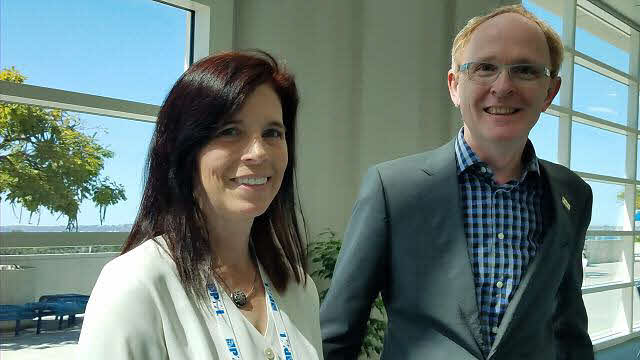
See more episodes on leadership
Summary
You might think of leaders as the person with the most power on the project, but project managers often don’t fit into that category. You can still find an appropriate leadership style, and flex the power you do have to support your time, communicate effectively, look forward, guide and influence stakeholders to create project deliverables that have a positive impact on the organization. Where are you going to start?
